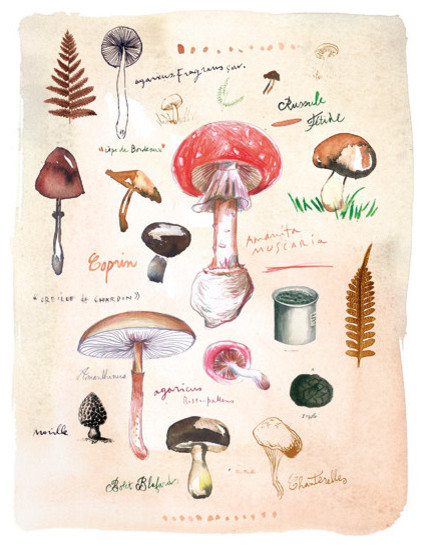
It’s Tanglefoot time again. Actually, we’re late — really late! — due to this rainy, soggy summer. But better late than never, especially since I’ve begun to spy the first tent caterpillars of the 2017 season.
First a quick refresher. A little over a year ago I explained how to use Tanglefoot and I explained why holistic orcharding benefits from this goopy ritual.
It’s a messy installation process, but it seems to work pretty well… Applying Tanglefoot to fruit trees a messy but relatively straightforward task. Better instructors have already explained application, so I’ll defer to their able guidance rather than overlook something important. (Source: How to Use Tanglefoot (And Why Fruit Trees Need It))
That post includes the excellent advice of “better instructors”, but I wanted to follow up with a quick visual instructional to show you how to apply Tanglefoot. Consider it a supplement. Quick tips.
How to Apply Tanglefoot
In the previous post I discuss using plastic film to wrap the tree trunk, but four years into our Tanglefoot adventure, we’re still using paper/cardboard wraps.
Following is a quick video / slide show intended for orchardists, fruit tree hobbyists, or basically anybody who wants quick and easy instruction for how to apply Tanglefoot on young (i.e. slender trunk) trees. Many thanks to Jacob for letting me photograph his hands during installation.
[youtube https://www.youtube.com/watch?v=GPlnN0g11-8?rel=0&w=500 ]
I hope you find the video helpful. We’ve been extremely satisfied with the results year-after-year, and we’re happy to recommend Tanglefoot (and confident in our recommendation) for other fruit tree growers. Good luck!








